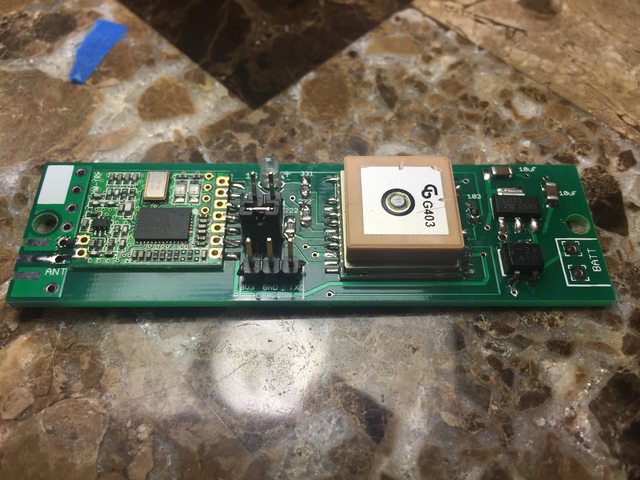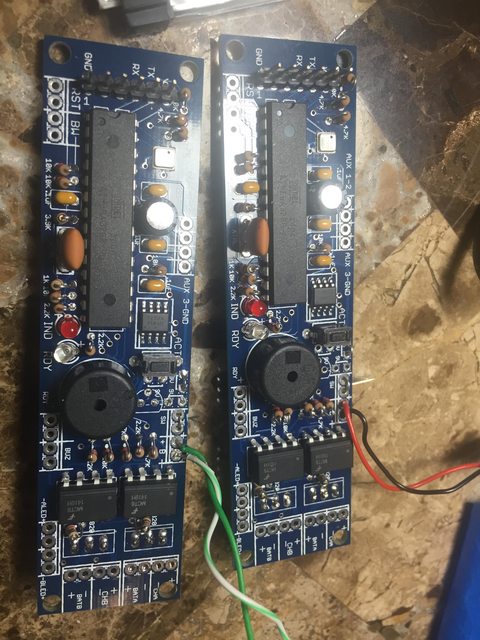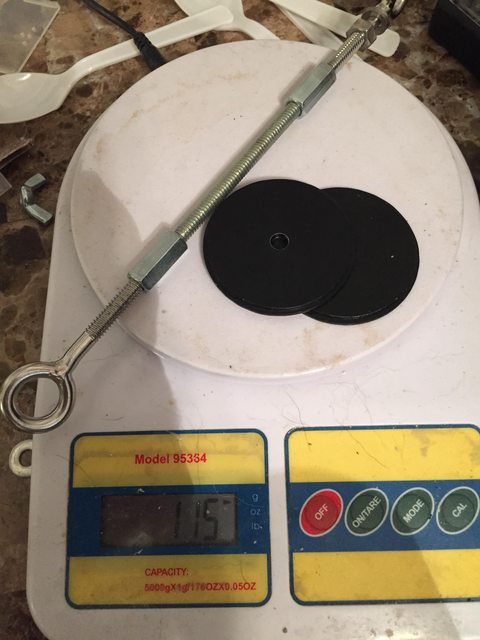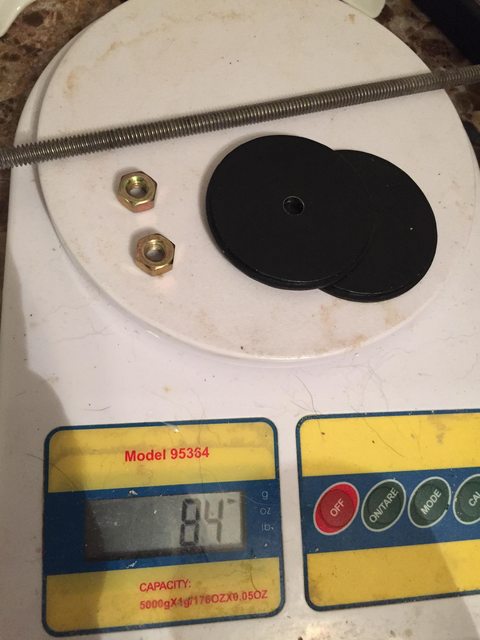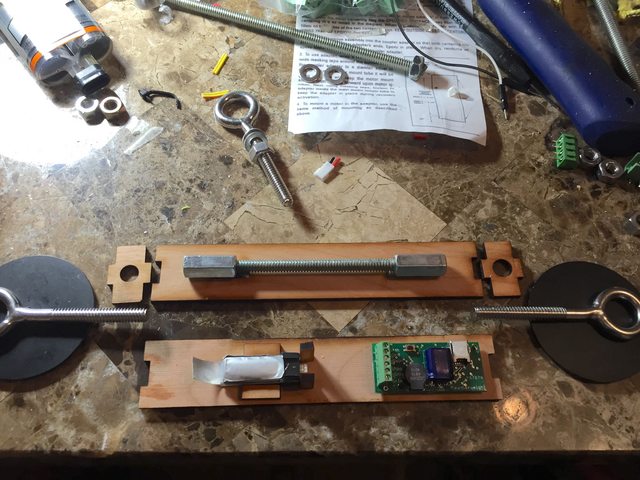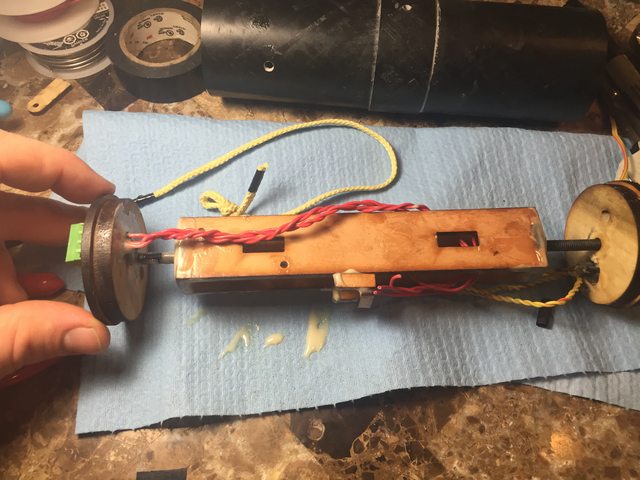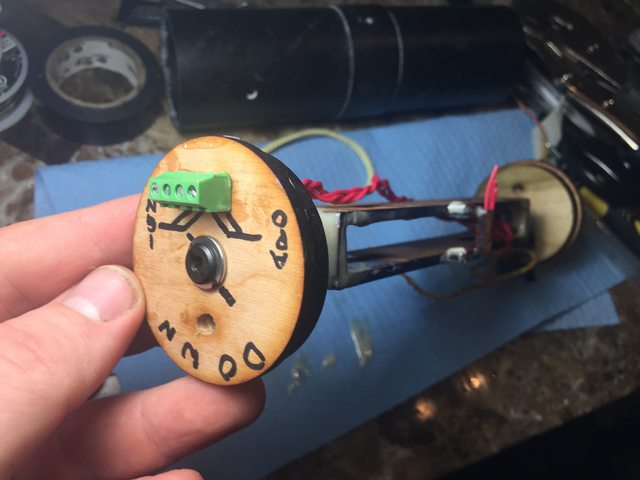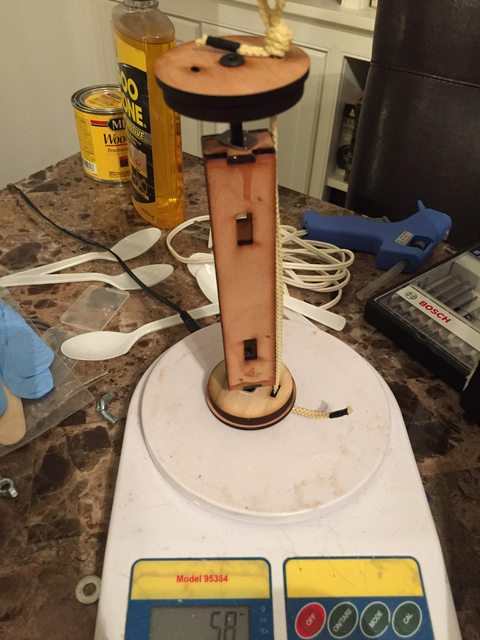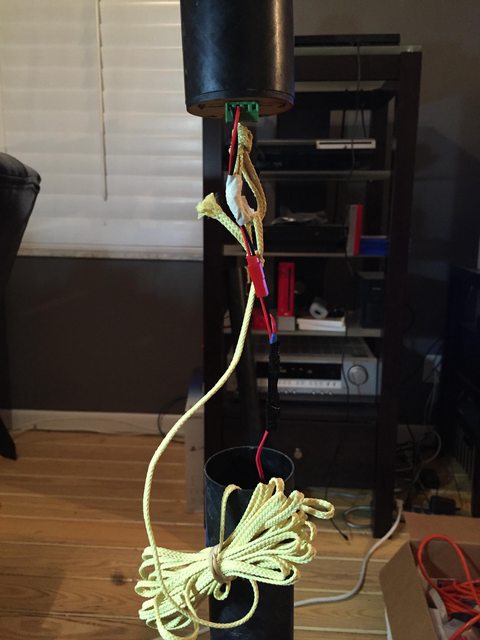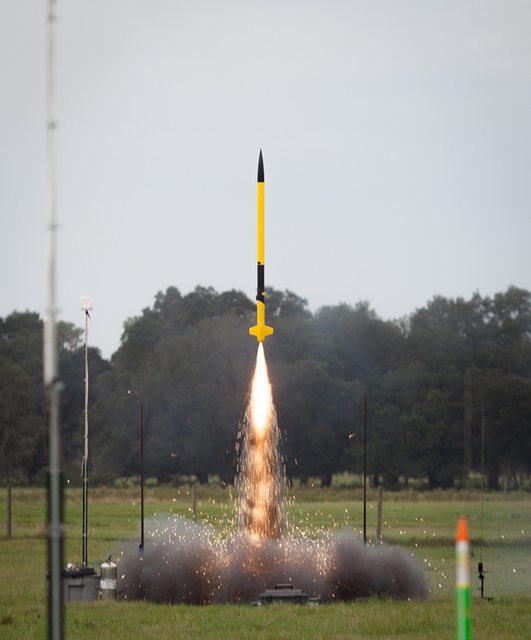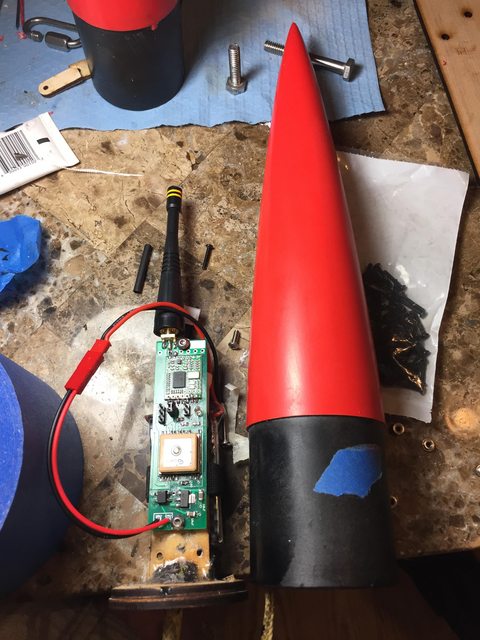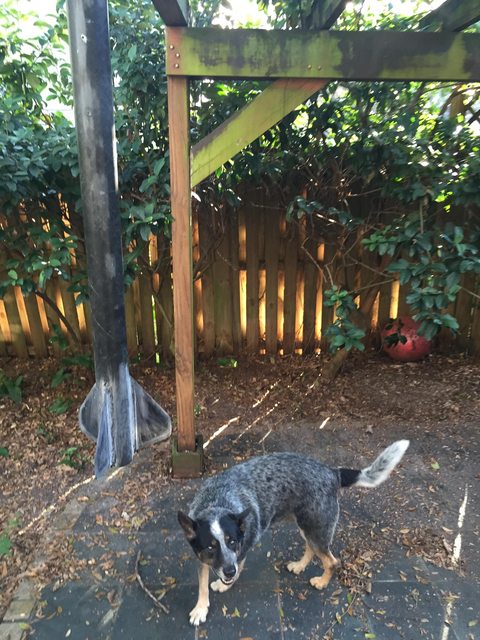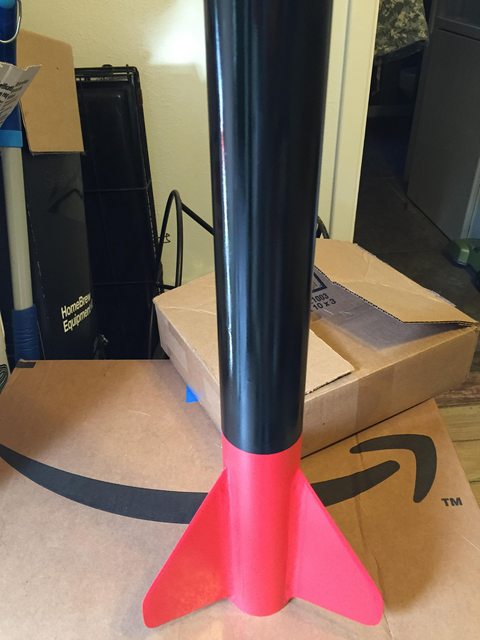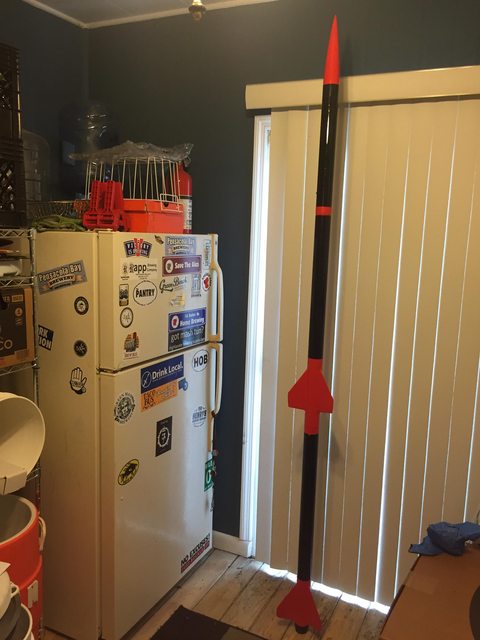smapdiage9
Well-Known Member
- Joined
- Mar 14, 2009
- Messages
- 442
- Reaction score
- 3
Hello, I am a recently minted L2 who has not yet flown any K or L motors and has also not yet acknowledged the severe cost of propellant in my new impulse range. Given that oversight, I decided to build my first high power two-stager: a Wildman Jr. kit I picked up this summer. And since I happen to have a Pro54 6GXL case kicking around the house, I thought to myself that I might as well make the booster a minimum diameter setup. Because whats the point of a rocket if it doesnt teach me to push the limits of my construction techniques?
Oddly the two-stage add on for this kit does not have any instructions on the Wildman website. I used Jim Hendricksons post here to guide my construction: https://www.rocketryforum.com/showt...ldman-Jr-kit-to-a-2-stage-build-Vindicator-JR
So far every part of this build has been more head scratching than the last. I started with the booster fincan, since it seemed like the most exciting thing to try.
I used my table top belt sander to knock down the fin tabs designed for through the wall mounting, so that my fins would fit flush. Since none of the fin slots on either tube were wide enough for the standard fins, I used a piece of card stock with 60G sandpaper around it to widen the slots. I also beveled the fins by hand a bit, and roughed everything up inside and out:
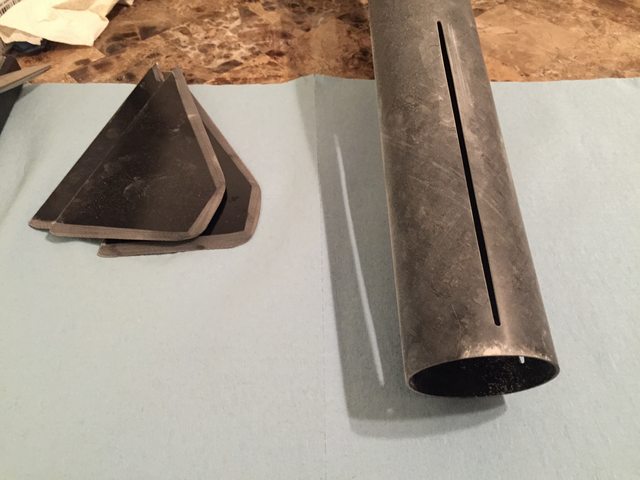
Next I designed a MD fin guide in Fusion 360:
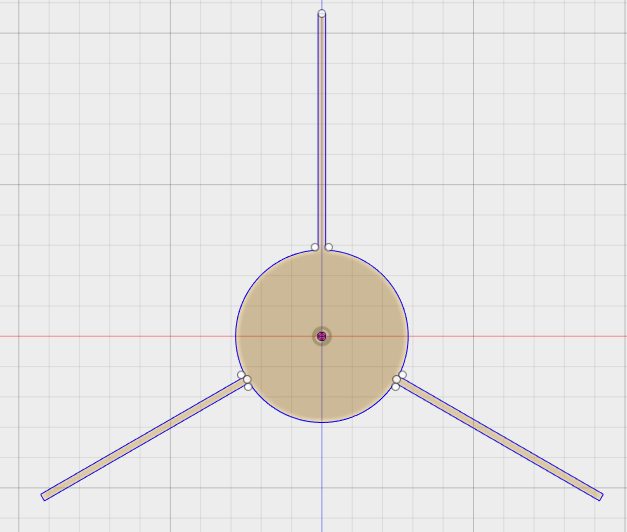
And cut two of them out from cardboard on my laser cutter:
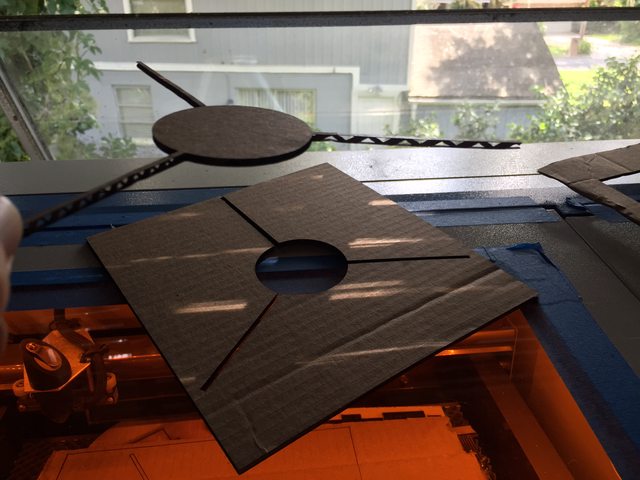
I covered the inside of each fin slot with a piece of blue painters tape, then slid the Pro54 case inside the body tube. I used JB weld to adhere each fin in place with the two guides:
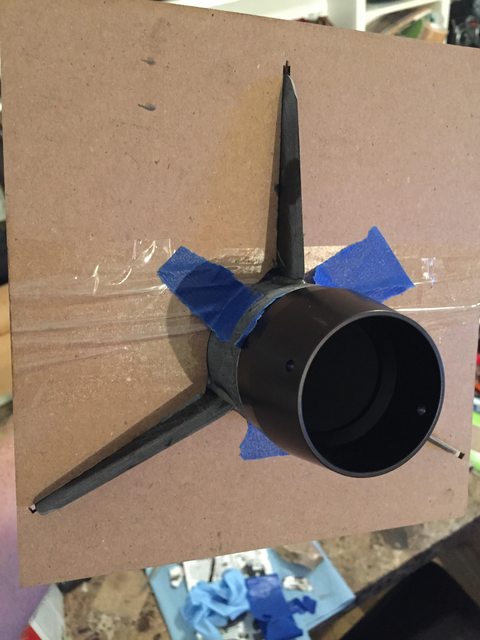
Once they were tacked well enough it was time for JB weld fillets:
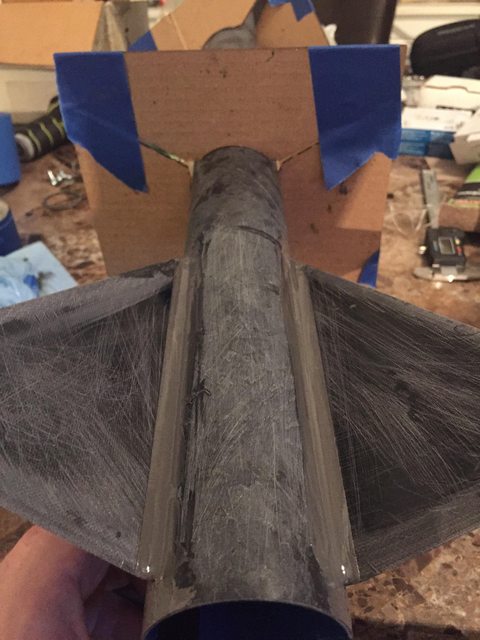
These ended up being a tad small because JBW is a pain in the ass so I also covered them with some larger radius fillets made from rocketpoxy. Booster fincan done! The fins are very well adhered, Ive put some weight on them and my calibrated elbow thinks theyre as strong as any TTW ones Ive done.
Here is what I wanted to do that I didnt end up doing:
I have a roll of flat copper speaker wire that I wanted to employ in this build for a couple of reasons including connector-less continuity between the avionics bay and the sustainer igniter and not having the ass-pain of fishing wires through tiny conduit. I did three separate test layups of this and came to the same conclusion every time: this stuff is too delicate for the corrosive, high-g environment of a rocket in the specific way I was going to try it. Other people have successfully used flat wire for staging but they seem to treat it always as removable and slip it past the motor casing, which I could easily do with this stuff. My objective was to make a wire setup that could be permanently installed in the airframe, and that is still within reach just not at the effort level Im willing to give right now. The problem with permanently installed wires is that if they break for any reason your sustainer airframe is toast unless youre willing to do some major surgery- a recommendation for avoiding that is to lightly file a very shallow slot in the airframe for the wire to sit, encase it with epoxy, and use some form of connector at each end which doesnt subject the flat wire to friction or g-loads. This was more of a pain in the ass than I wanted, so I gave up and used the brake line conduit.
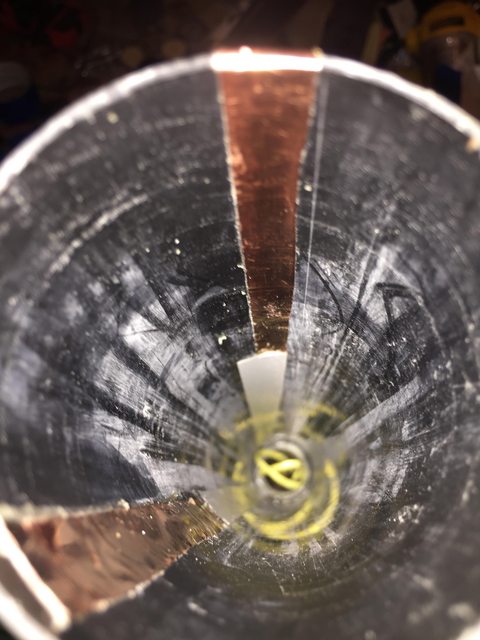
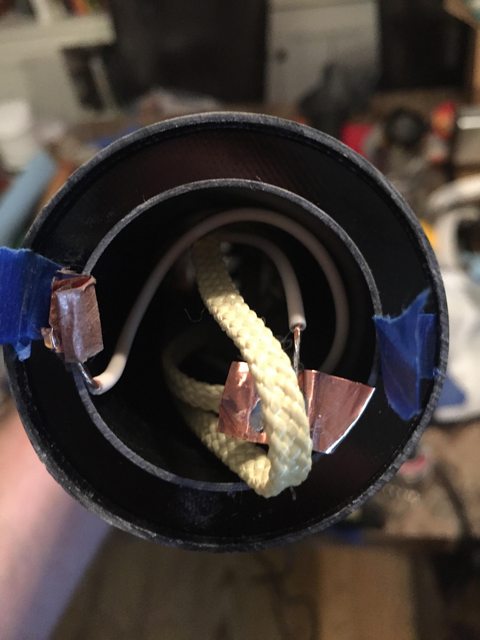
Heres what I ended up with on the sustainer motor can:
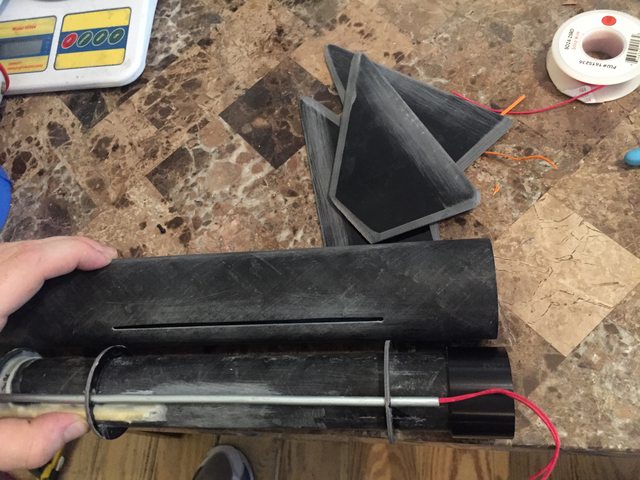
I bought the brake line on Amazon, cut it with a hack saw, and straightened it by hand easily. The sustainer retainer is a 38mm Slimline, which puts the entry to the conduit fairly far inside the sustainer can. I ran two strands of extra long, semi-permanent wire through there and Ill just hook up the altimeter to one side and the igniter to the other each flight. If there are any problems I can use the existing wire to fish a new one through. Or I can just snake flat wire alongside the motor casing.
With that sorted I attached the sustainer fins using Hendricksons double-dip method. I ended up able to hear a creaking when I flex one of the fins in particular, and that method doesnt inspire me with confidence about the CR to BT connection so Im going to go back and inject some internal fillets this week.
Building the interstage coupler on this thing has, despite the aforementioned excellent thread, been a confusing ordeal. I did mine in the recommended way, with a 38mm avbay tube inside of the 54mm coupler, sealed it all up in epoxy, etc. I shortened my avbay so that the 6GXL plus threaded forward coupler would fit, which still leaves almost no room for a chute in the booster. After fitting it together a bunch of times, Im confused as to why the 38mm avbay is necessary at all; the remainder of the 54mm coupler, with a bulkhead glued inside of it, is more than sufficient to contain an altimeter/etc, and would leave much more chute room. This is how mine looks now, but I think Ill end up building a second one to use with extra long motors that leaves off the 38mm tube since its pretty much just unnecessary weight and another wall which needs to be drilled through for vent holes. Another strategy for dealing with the extra long motor is simply increasing the length of the interstage vent band to two inches, which reduces one inch of coupler length inside the booster (theres still plenty), or sliding another 1-2 inch vent band around the motor case before inserting it which essentially makes extra-thick thrust rings.
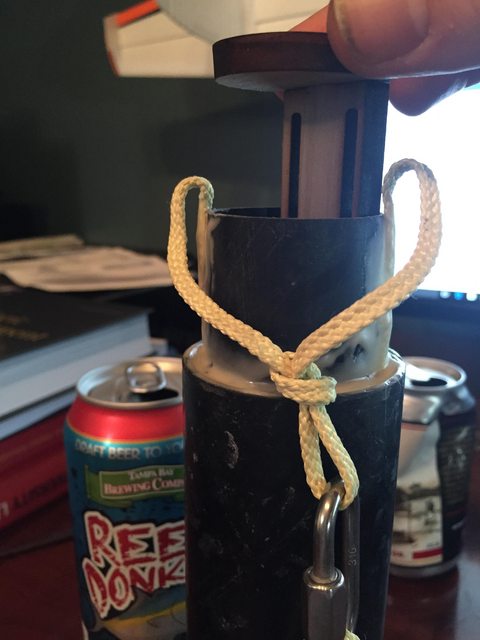
Still has a long way to go, and I think Ill be test-flying it on 1-3 grain motors for a while.
Here are the pieces assembled:
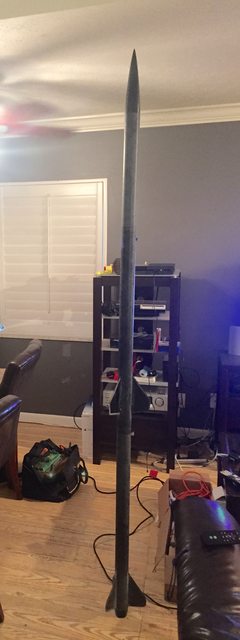
Too tall for the ceiling fan!
Oddly the two-stage add on for this kit does not have any instructions on the Wildman website. I used Jim Hendricksons post here to guide my construction: https://www.rocketryforum.com/showt...ldman-Jr-kit-to-a-2-stage-build-Vindicator-JR
So far every part of this build has been more head scratching than the last. I started with the booster fincan, since it seemed like the most exciting thing to try.
I used my table top belt sander to knock down the fin tabs designed for through the wall mounting, so that my fins would fit flush. Since none of the fin slots on either tube were wide enough for the standard fins, I used a piece of card stock with 60G sandpaper around it to widen the slots. I also beveled the fins by hand a bit, and roughed everything up inside and out:

Next I designed a MD fin guide in Fusion 360:

And cut two of them out from cardboard on my laser cutter:

I covered the inside of each fin slot with a piece of blue painters tape, then slid the Pro54 case inside the body tube. I used JB weld to adhere each fin in place with the two guides:

Once they were tacked well enough it was time for JB weld fillets:

These ended up being a tad small because JBW is a pain in the ass so I also covered them with some larger radius fillets made from rocketpoxy. Booster fincan done! The fins are very well adhered, Ive put some weight on them and my calibrated elbow thinks theyre as strong as any TTW ones Ive done.
Here is what I wanted to do that I didnt end up doing:
I have a roll of flat copper speaker wire that I wanted to employ in this build for a couple of reasons including connector-less continuity between the avionics bay and the sustainer igniter and not having the ass-pain of fishing wires through tiny conduit. I did three separate test layups of this and came to the same conclusion every time: this stuff is too delicate for the corrosive, high-g environment of a rocket in the specific way I was going to try it. Other people have successfully used flat wire for staging but they seem to treat it always as removable and slip it past the motor casing, which I could easily do with this stuff. My objective was to make a wire setup that could be permanently installed in the airframe, and that is still within reach just not at the effort level Im willing to give right now. The problem with permanently installed wires is that if they break for any reason your sustainer airframe is toast unless youre willing to do some major surgery- a recommendation for avoiding that is to lightly file a very shallow slot in the airframe for the wire to sit, encase it with epoxy, and use some form of connector at each end which doesnt subject the flat wire to friction or g-loads. This was more of a pain in the ass than I wanted, so I gave up and used the brake line conduit.


Heres what I ended up with on the sustainer motor can:

I bought the brake line on Amazon, cut it with a hack saw, and straightened it by hand easily. The sustainer retainer is a 38mm Slimline, which puts the entry to the conduit fairly far inside the sustainer can. I ran two strands of extra long, semi-permanent wire through there and Ill just hook up the altimeter to one side and the igniter to the other each flight. If there are any problems I can use the existing wire to fish a new one through. Or I can just snake flat wire alongside the motor casing.
With that sorted I attached the sustainer fins using Hendricksons double-dip method. I ended up able to hear a creaking when I flex one of the fins in particular, and that method doesnt inspire me with confidence about the CR to BT connection so Im going to go back and inject some internal fillets this week.
Building the interstage coupler on this thing has, despite the aforementioned excellent thread, been a confusing ordeal. I did mine in the recommended way, with a 38mm avbay tube inside of the 54mm coupler, sealed it all up in epoxy, etc. I shortened my avbay so that the 6GXL plus threaded forward coupler would fit, which still leaves almost no room for a chute in the booster. After fitting it together a bunch of times, Im confused as to why the 38mm avbay is necessary at all; the remainder of the 54mm coupler, with a bulkhead glued inside of it, is more than sufficient to contain an altimeter/etc, and would leave much more chute room. This is how mine looks now, but I think Ill end up building a second one to use with extra long motors that leaves off the 38mm tube since its pretty much just unnecessary weight and another wall which needs to be drilled through for vent holes. Another strategy for dealing with the extra long motor is simply increasing the length of the interstage vent band to two inches, which reduces one inch of coupler length inside the booster (theres still plenty), or sliding another 1-2 inch vent band around the motor case before inserting it which essentially makes extra-thick thrust rings.

Still has a long way to go, and I think Ill be test-flying it on 1-3 grain motors for a while.
Here are the pieces assembled:

Too tall for the ceiling fan!





